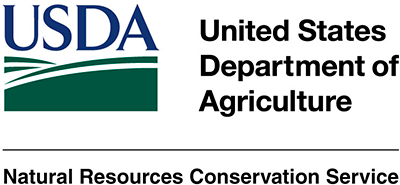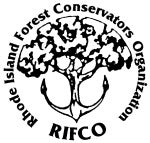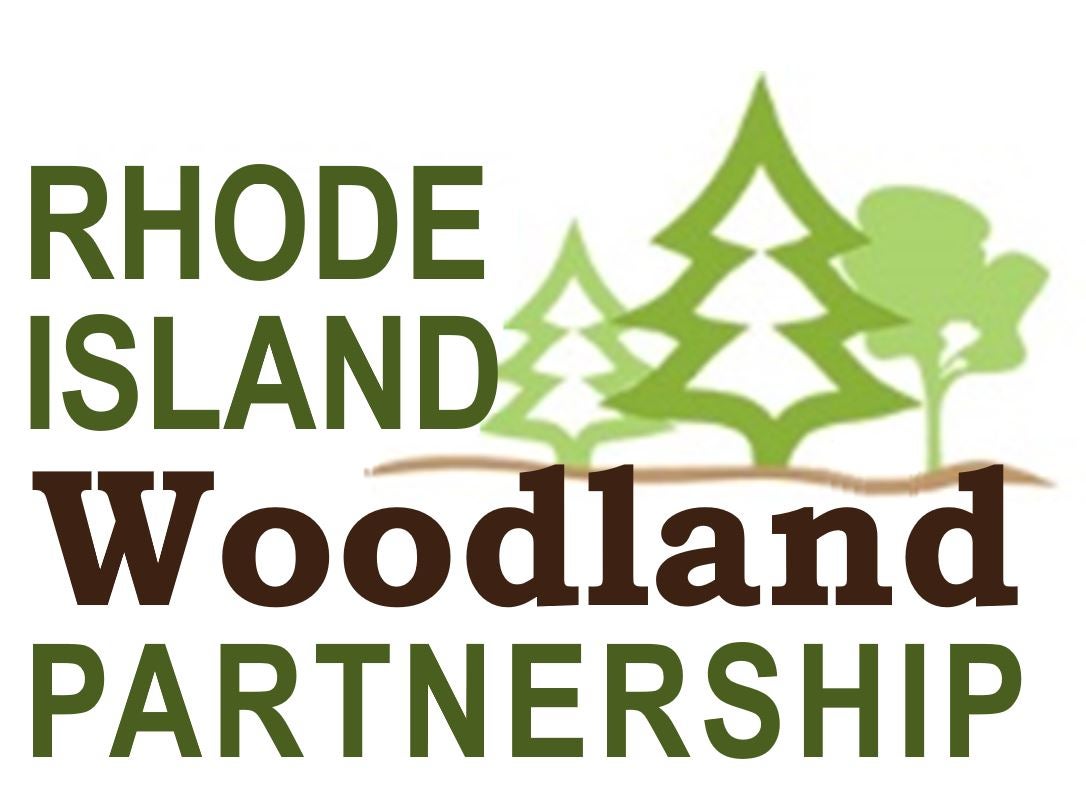In the last century, deer population has skyrocketed from approximately 0.5 million nationwide to 15 million today. The extent of edge habitat continues to increase with forest fragmentation, and many natural enemies of deer have been eliminated. This favorable situation for deer has led to many inconveniences for landowners, including damage to crops and ornamental plants, increases in tick-borne diseases, and unwanted interactions in roadways.
However, many landowners are not aware that deer also affect the ecological stability of Rhode Island forests. Understory plant diversity suffers from over-browsing, resulting in the persistence of fewer, less palatable species. Many threatened or endangered plant species are severely impacted by deer browsing. Birds that nest in shrubs suffer from the loss of appropriate habitat.
If deer population has become a problem on your land, or if you fear that damage is increasing, you have some options to manage in your favor
1. Avoid planting preferred food items. Visit the deer impact fact sheet below for a list of preferred and alternative species.
2. Use repellents. Homemade as well as commercial repellents can be applied to susceptible vegetation during winter and spring, when deer are most likely to settle for plant species that they previously avoided. See below for recipes and trusted repellent brands.
3. Construct physical barriers. New plantings are most susceptible to deer browse and are least likely to grow back if not yet established, so barriers such as fences and netting can be effective tools for protection.
4. Allow hunting on your land. This option is suitable for those landowners with property far enough away from buildings and roadways. For those unable or unwilling to allow hunting on their land, scare tactics can also be used.
For more information about deer management, visit Reducing Deer Damage to Your Garden and Yard.






